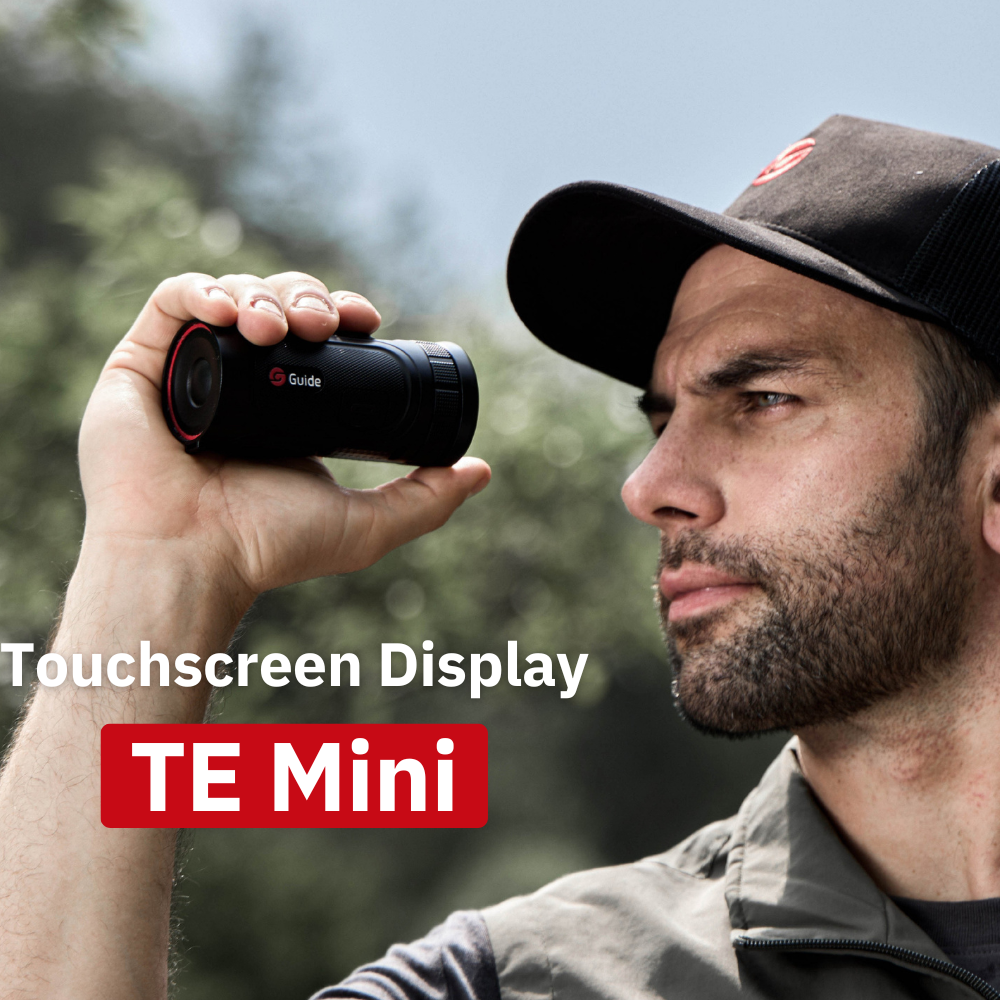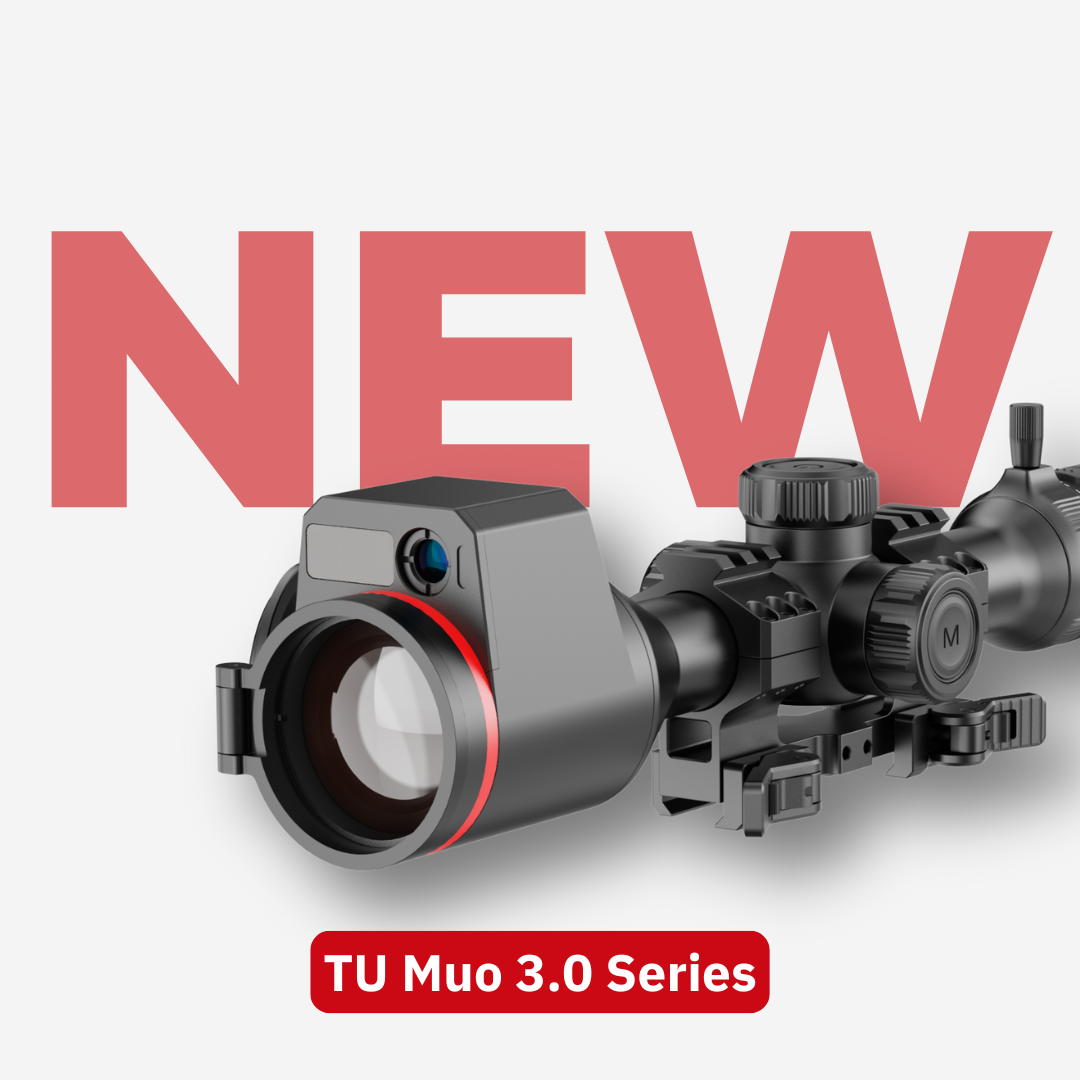When it comes to thermal hunting optics, zoom capabilities play a crucial role in enhancing the user's ability to detect and identify targets. However, not all zoom technologies are created equal. Optical zoom and digital zoom are two distinct methods used to magnify images, each with its own set of advantages and limitations. Understanding the differences between these two types of zoom can help hunters make more informed decisions when selecting thermal optics.
Optical Zoom
Definition and Mechanism: Optical zoom involves the physical adjustment of multiple germanium lenses within the optical system to magnify the image. This is achieved through the movement of lens elements, which effectively increases the focal length and enlarges the subject without compromising image quality.
Advantages:
- Image Quality: Optical zoom maintains high image quality even at maximum magnification. Since the zoom is achieved through physical lens adjustments, there is no loss of resolution or clarity.
- Detail Preservation: Fine details are preserved, making it easier to identify specific features of the target, which is crucial in hunting scenarios.
- Range: Optical zoom is generally more effective at longer ranges, providing clearer and more detailed images of distant objects.
Limitations:
- Size and Weight: Optical zoom systems tend to be larger and heavier due to the additional lens elements required for magnification.
-
Cost: Thermal Optics with real optical zoom need multiple germanium lenses, these germanium lenses are expensive ($4,172.10 per kg in 2024) and requires high level of purity to enhance the best thermal capacity.
Digital Zoom
Definition and Mechanism: Digital zoom, on the other hand, is an electronic process that enlarges a portion of the digital image captured by the sensor. This is done by cropping the image and interpolating the pixels to fill the display, effectively simulating magnification.
Advantages:
- Compact Design: Digital zoom systems are typically more compact and lighter, as they do not require additional physical lens elements.
- Cost-Effective: Optics with digital zoom are generally less expensive than those with optical zoom, making them more accessible to a broader range of users.
- Versatility: Digital zoom can offer higher magnification levels than optical zoom, although at the cost of image quality.
Limitations:
- Image Quality: Digital zoom can result in a significant loss of image quality, especially at higher magnification levels. The process of enlarging pixels leads to a reduction in resolution and clarity.
- Detail Loss: Fine details may be lost or distorted, making it more challenging to identify specific features of the target.
- Range: Digital zoom is less effective at longer ranges, as the image degradation becomes more pronounced with increased magnification.
Choosing the Right Zoom for Thermal Hunting Optics
When selecting thermal hunting optics, it's essential to consider the specific needs and conditions of your hunting environment. Optical zoom is generally preferred for scenarios where high image quality and detail preservation are critical, such as long-range hunting or when identifying small targets. Digital zoom, however, may be sufficient for shorter-range hunting or when portability and cost are primary concerns.
In some cases, a combination of both optical and digital zoom can provide a balanced solution, offering the benefits of optical zoom for initial magnification and digital zoom for further enhancement when needed.
Conclusion
Understanding the differences between optical and digital zoom is crucial for hunters looking to optimize their thermal optics. Optical zoom offers superior image quality and detail preservation, making it ideal for long-range and high-precision applications. Digital zoom, while more compact and cost-effective, sacrifices image quality at higher magnification levels. By considering the specific advantages and limitations of each zoom type, hunters can make more informed decisions and enhance their overall hunting experience. Before making a purchase, always ensure the product isn't falsely advertised as having optical zoom when it actually features digital zoom. To verify this, check the lens size. If there are two different lens sizes listed (e.g., 25/50mm or 20/60mm), it means the device has a true optical zoom.
Does Guide offer thermal optics with an optical zoom?
Yes, Guide Outdoor has released the world's first thermal monocular with a true optical zoom, the Guide TJ660 LRF ZOOM DUAL Focus 20-60mm.
It features two germanium lenses, 20mm and 60mm, providing a 3x optical zoom. Additionally, it offers an 8x digital zoom, allowing you to achieve magnification levels ranging from 1.5x (using the 20mm lens with no digital zoom) up to 36x (using the 60mm lens with 8x digital zoom).





Leave a comment
This site is protected by hCaptcha and the hCaptcha Privacy Policy and Terms of Service apply.